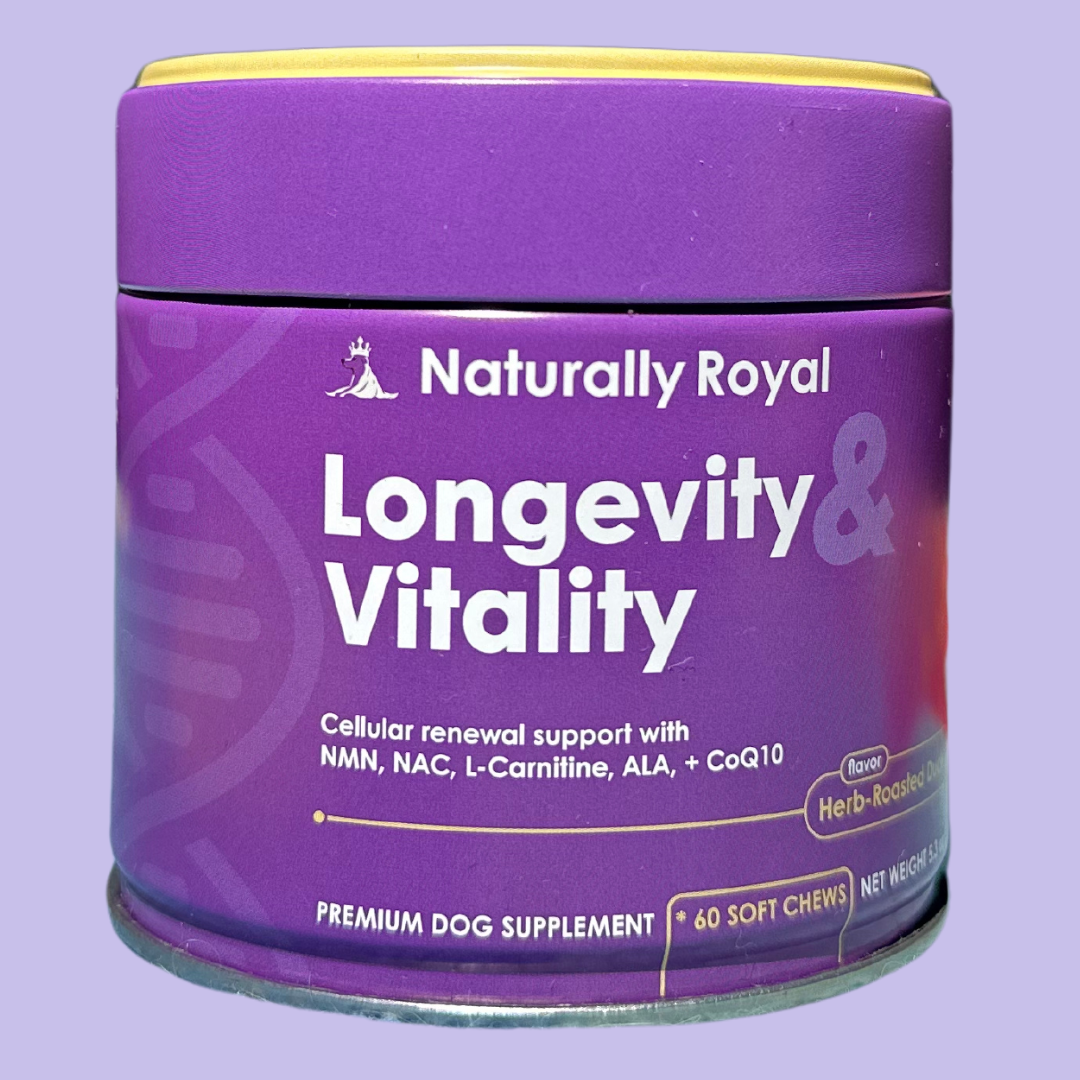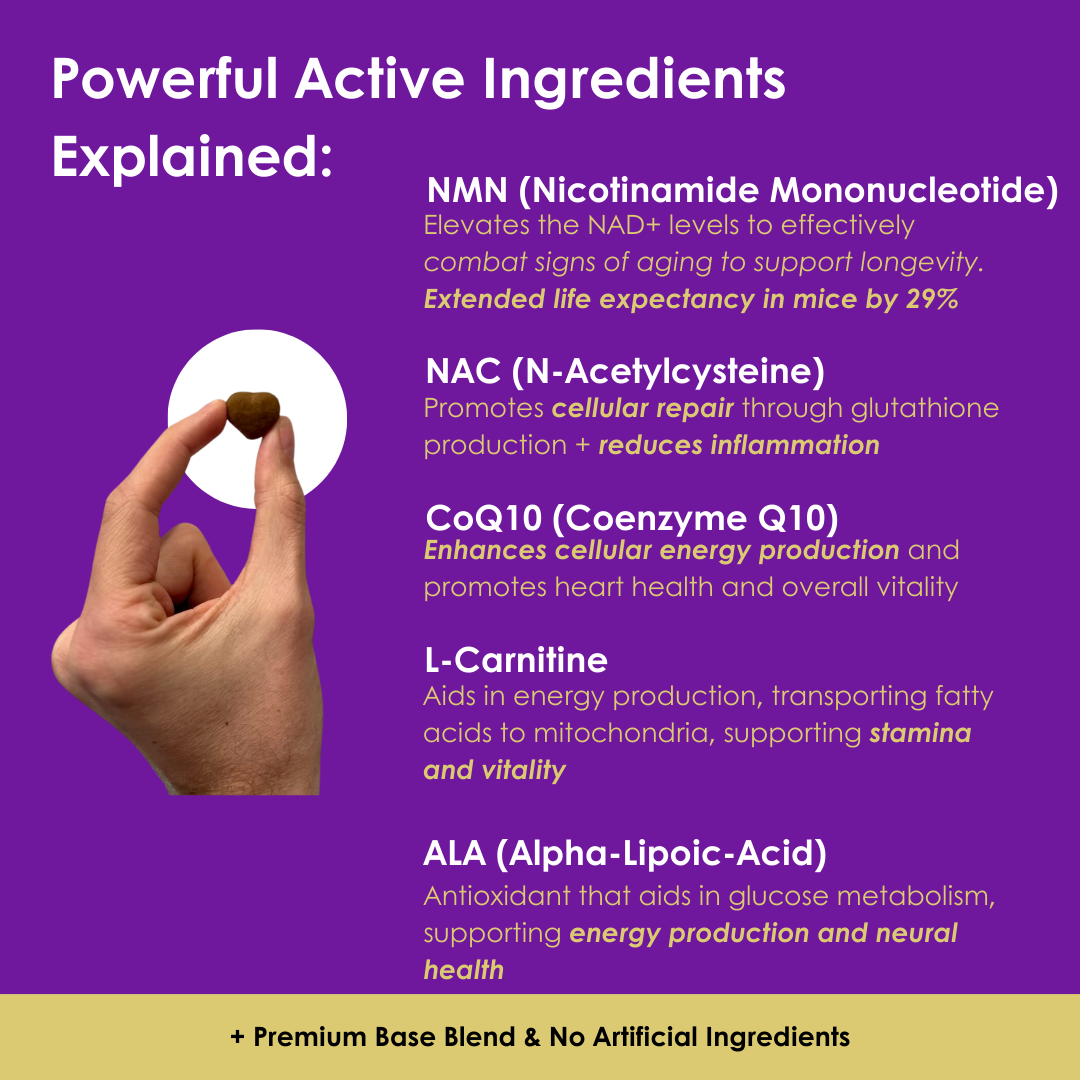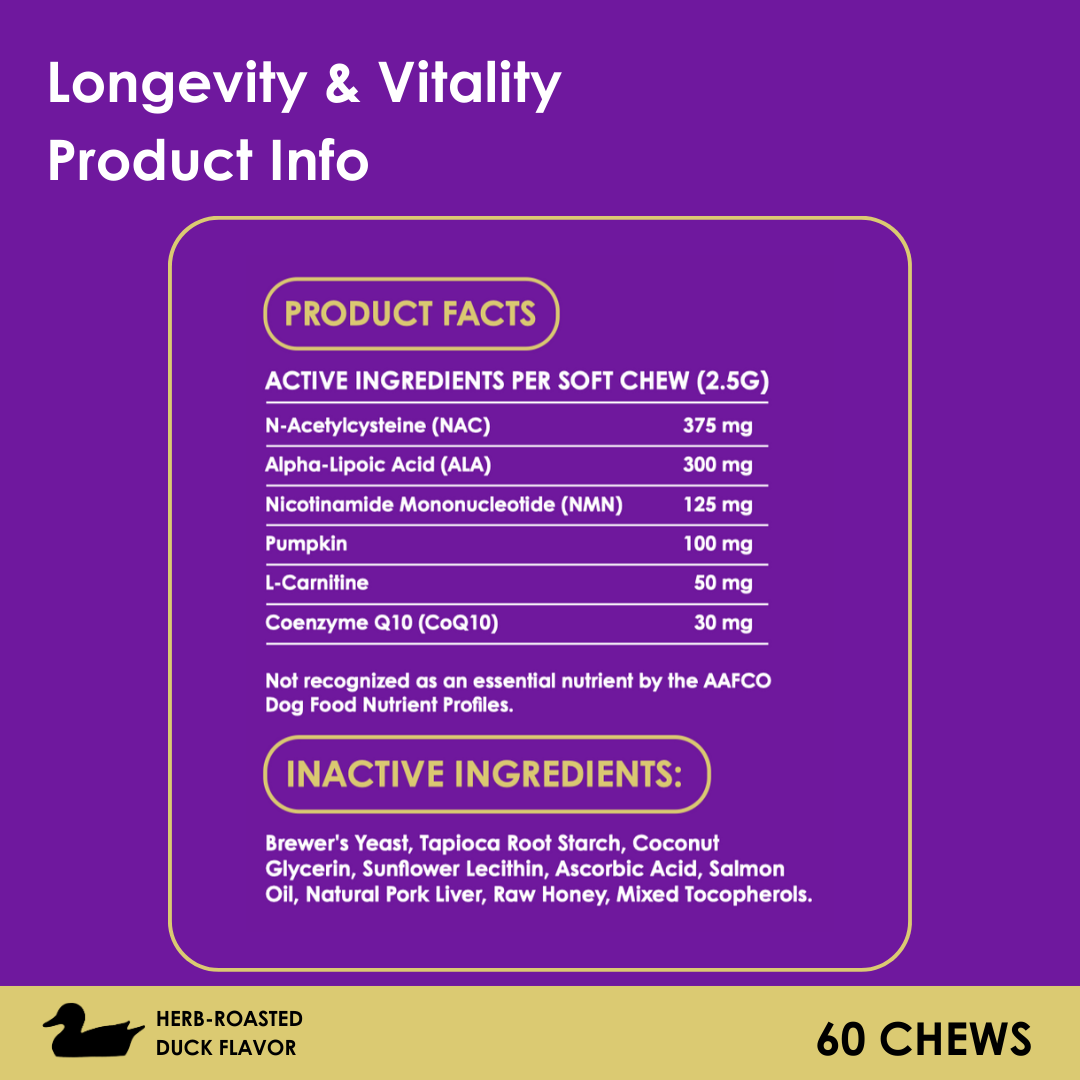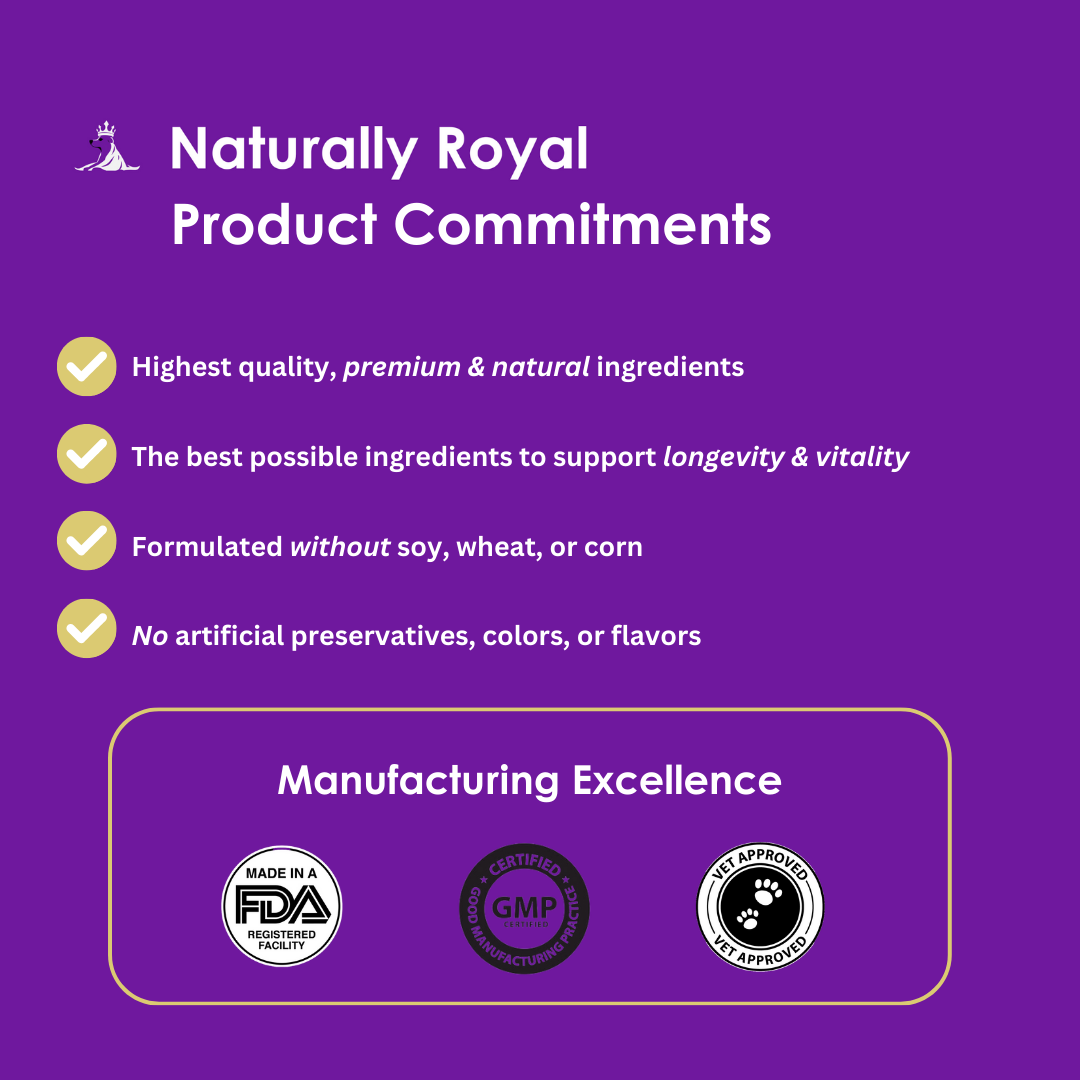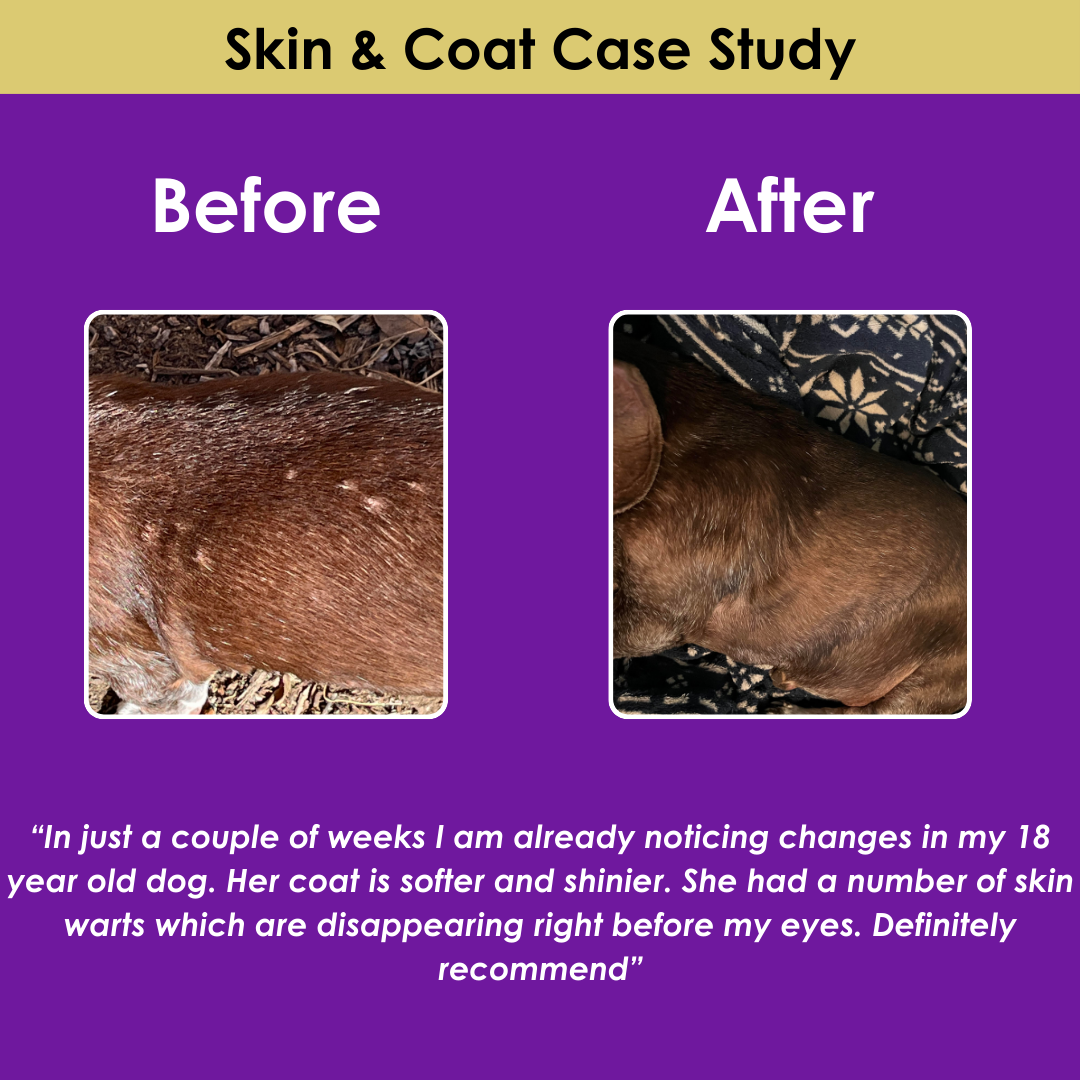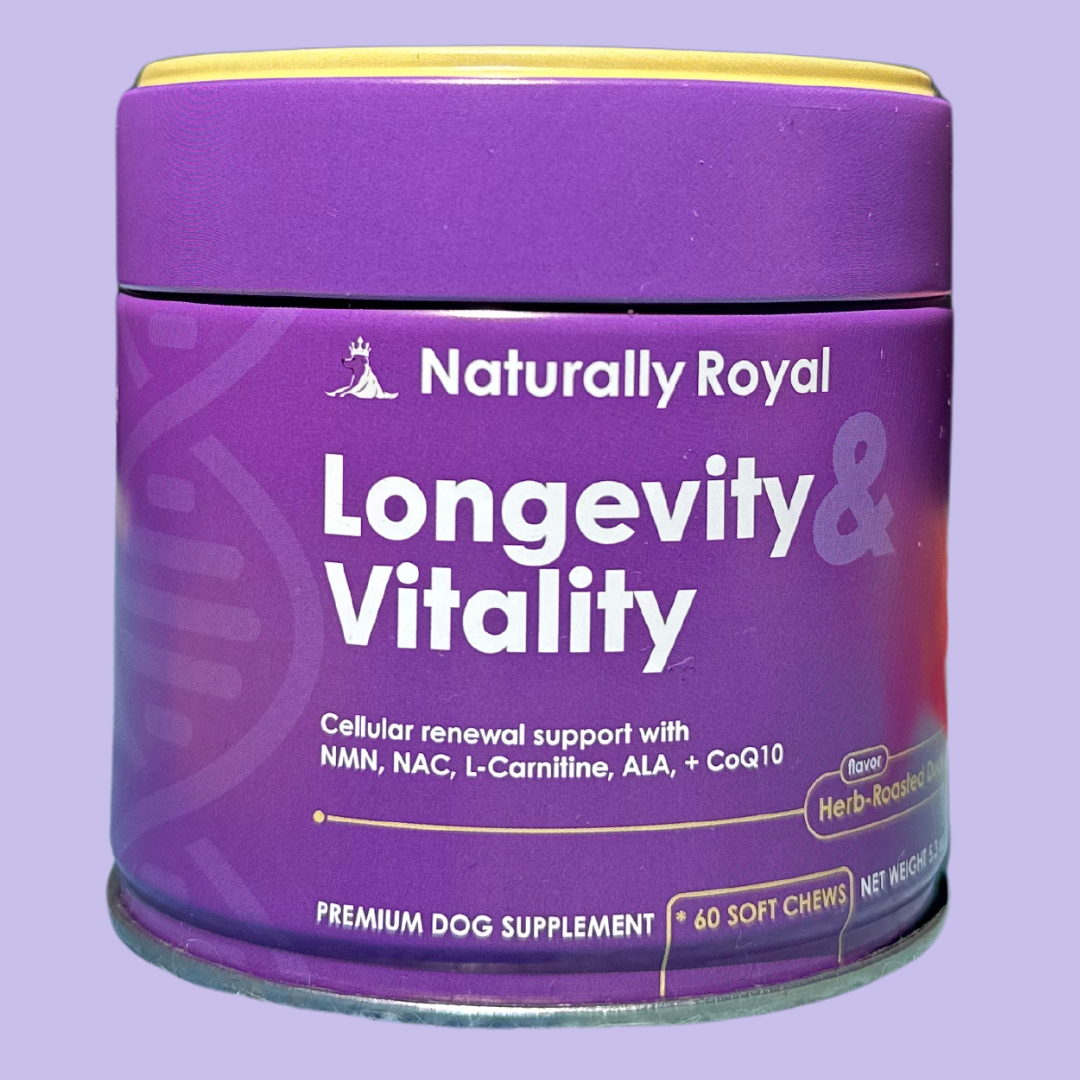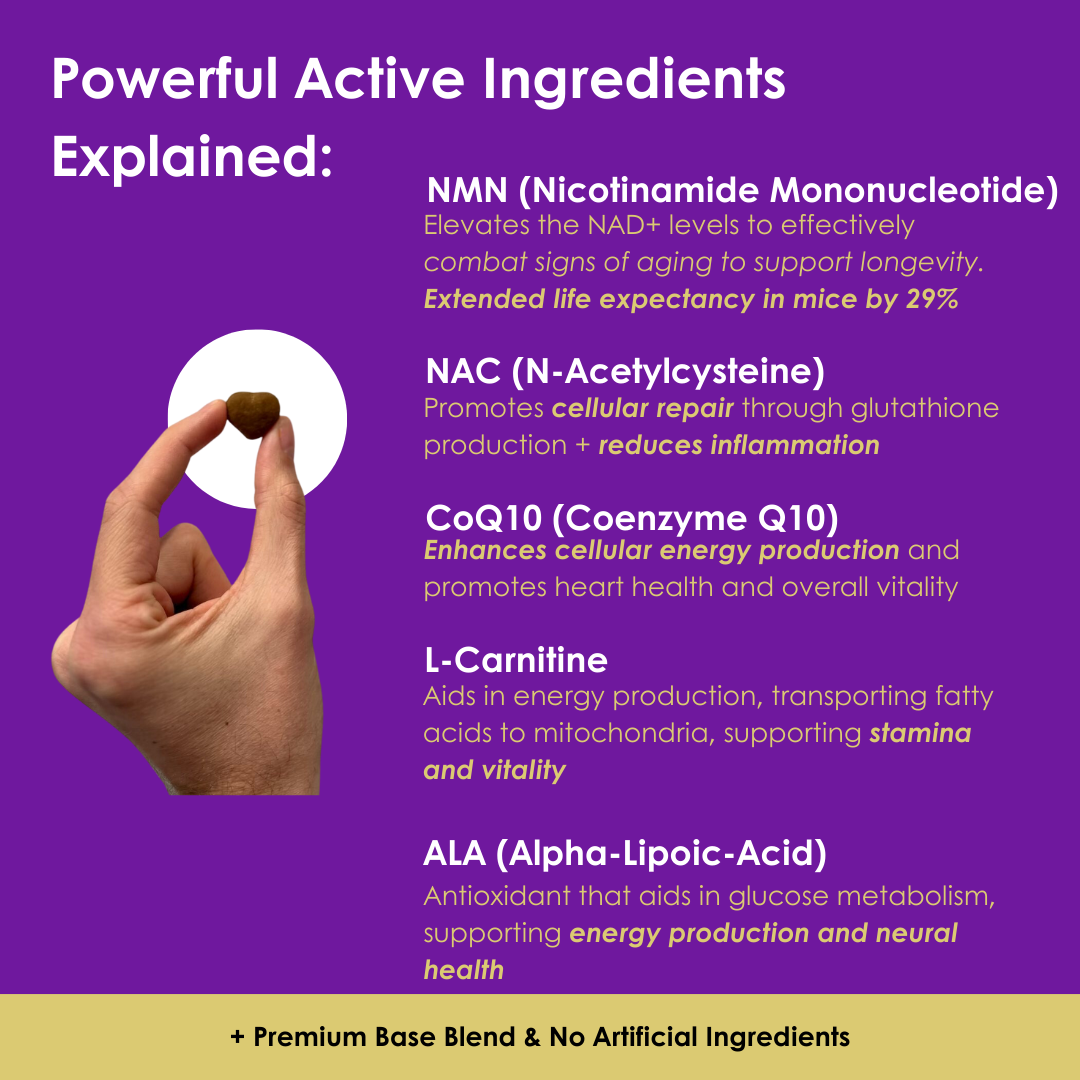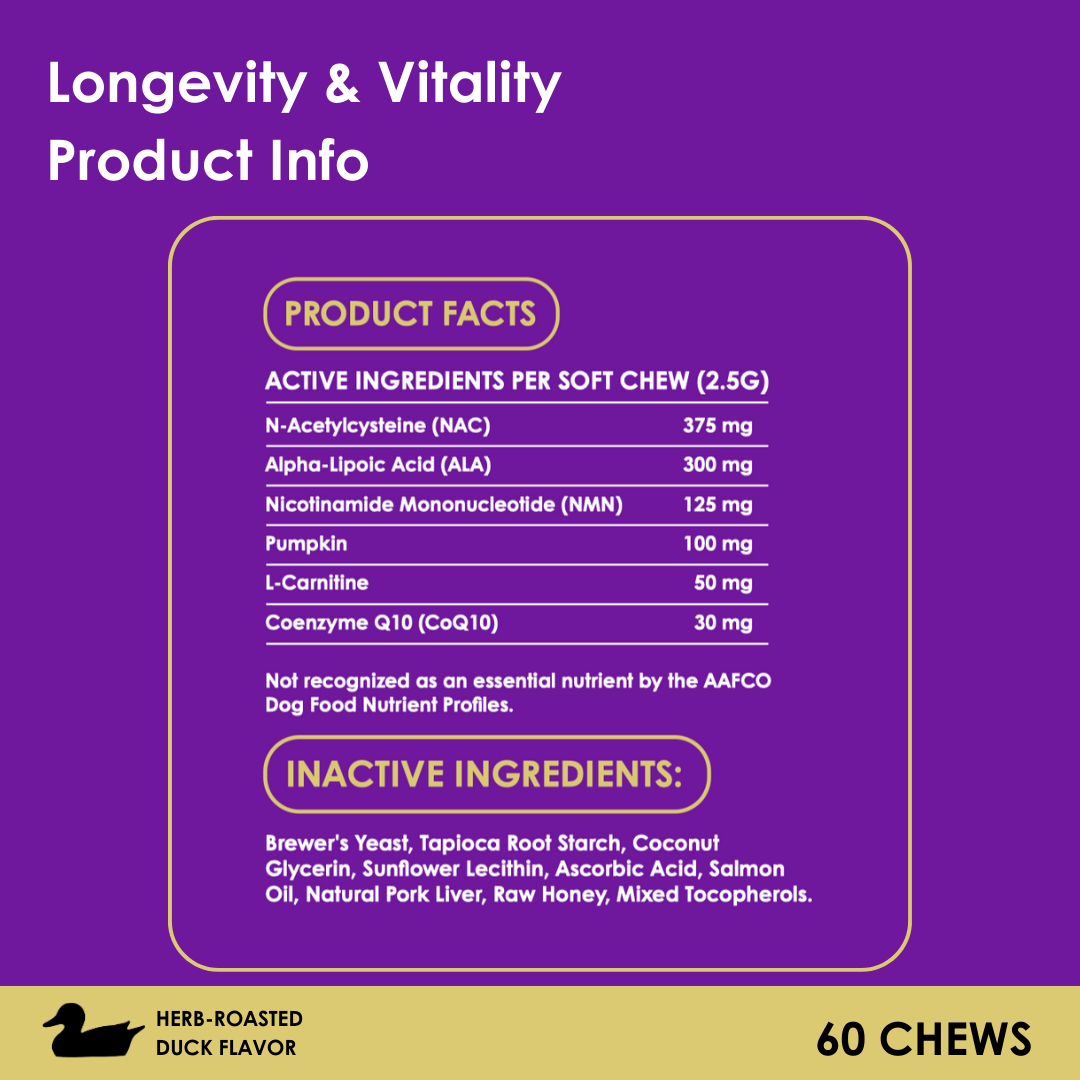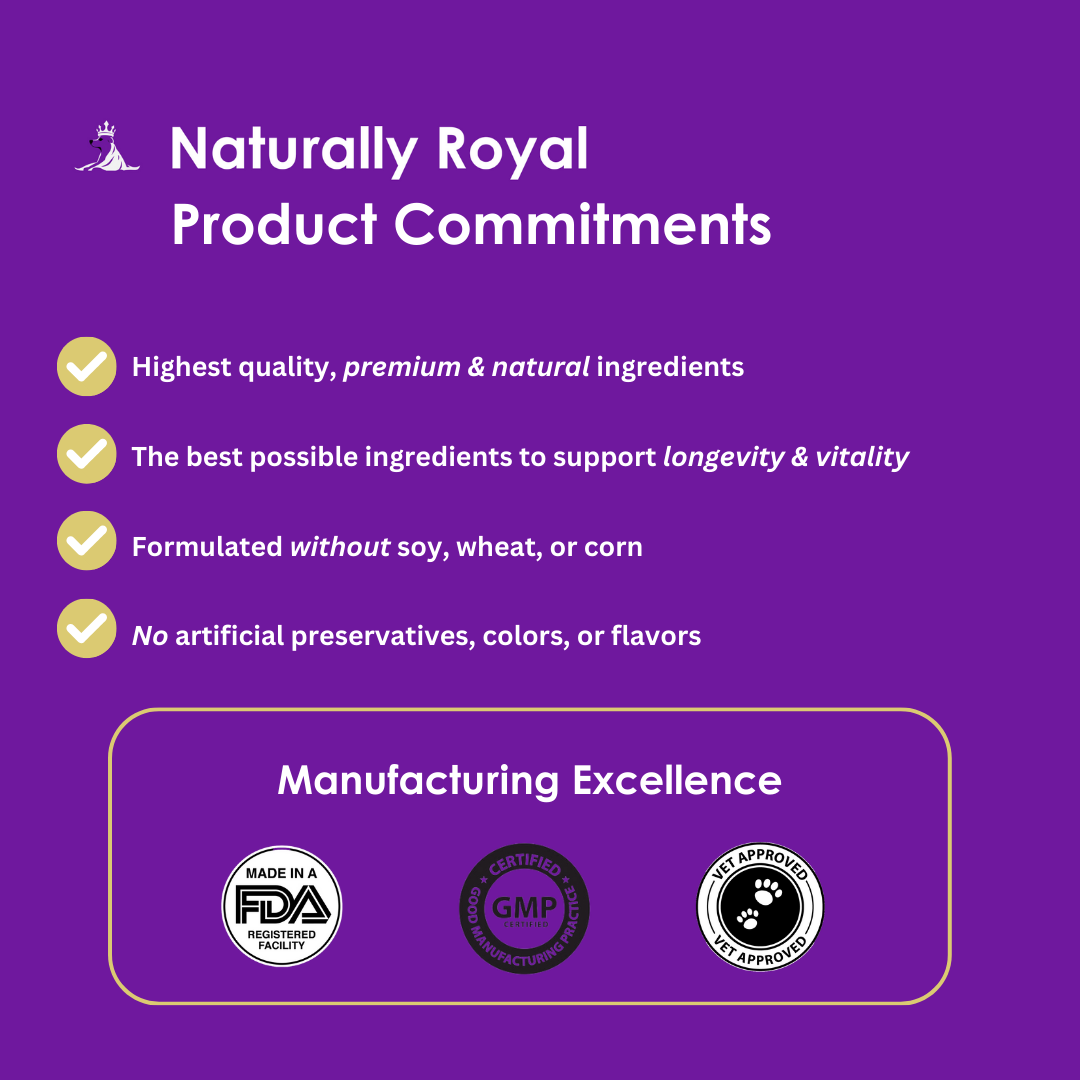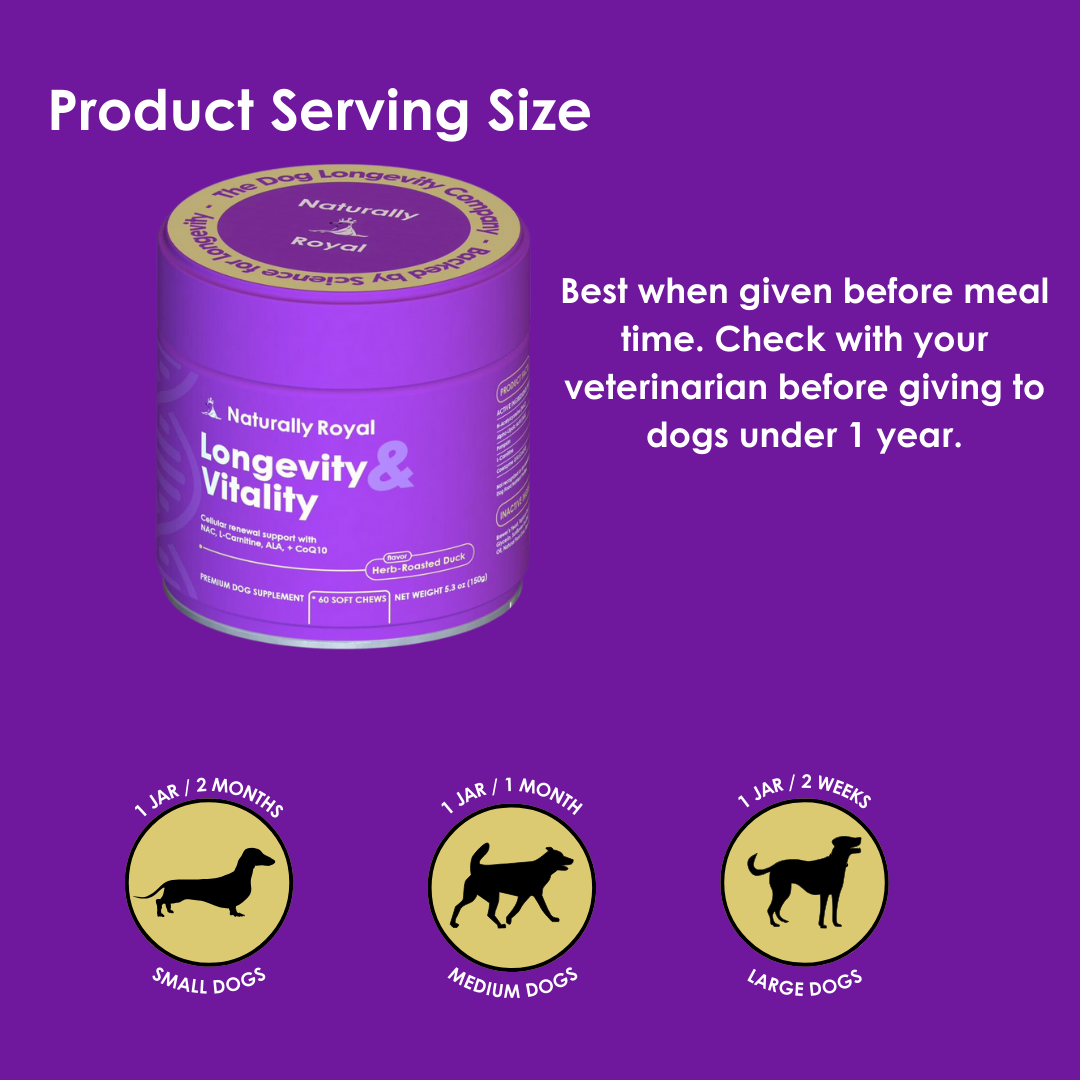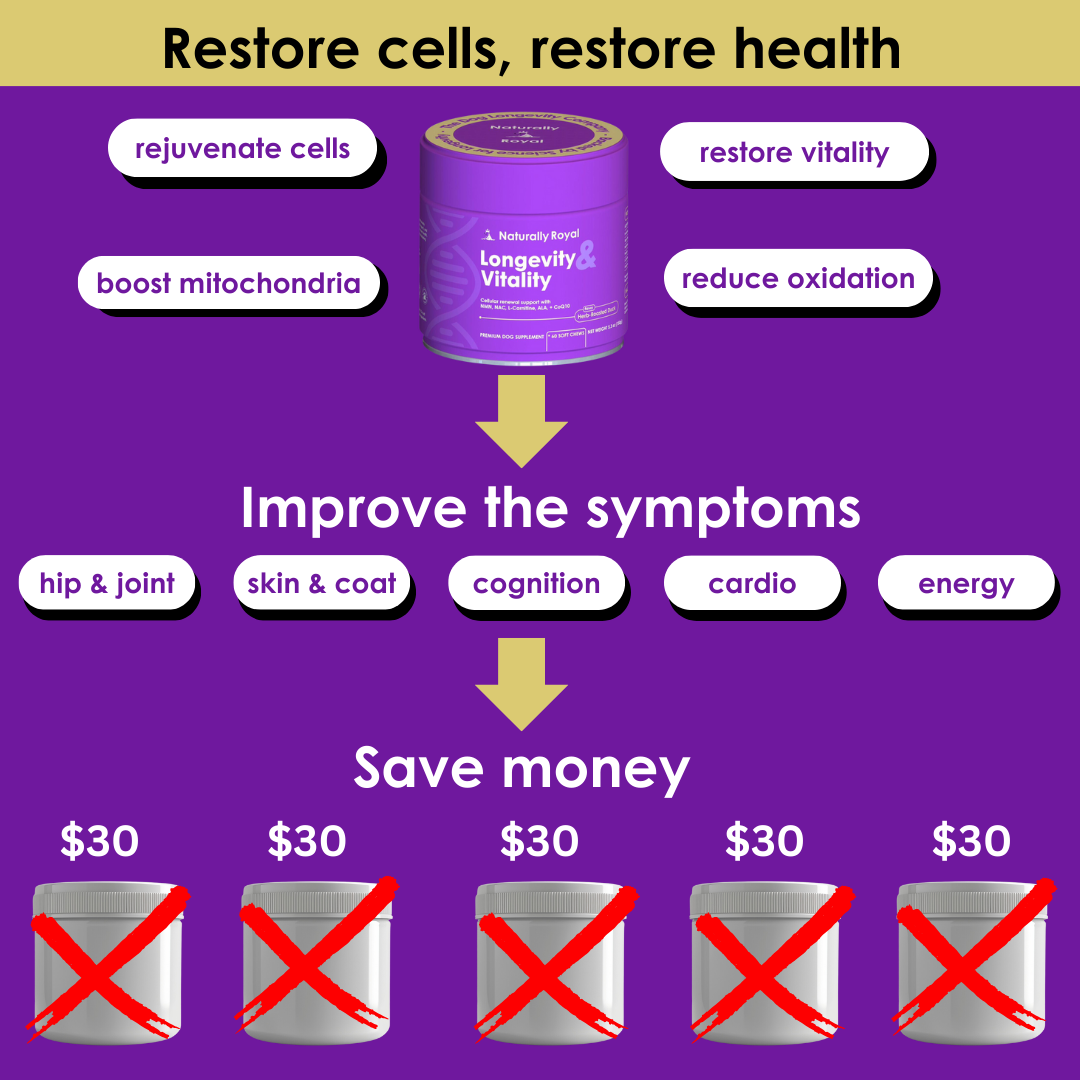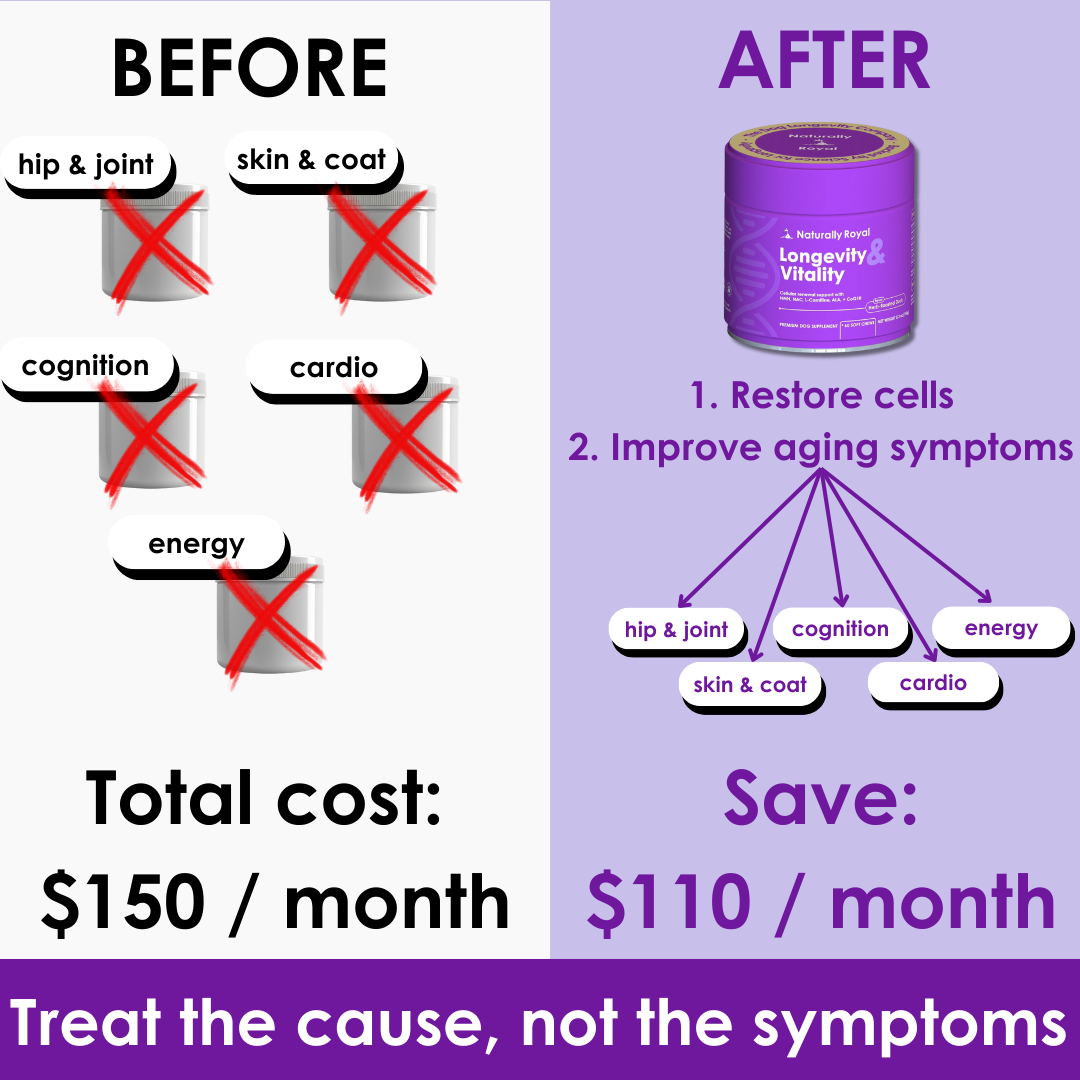The Best Dog Harness for Longevity
When it comes to your dog's longevity, every aspect of their health and well-being matters—including the gear they use every day. A well-designed dog harness can play a significant role in promoting your dog's long-term health, particularly in preventing injuries that can arise from long-term collar use and improper harness design. Let's explore the key factors that make a dog harness ideal for promoting longevity and reducing the risk of injuries.
Why Harnesses Are Better Than Collars for Longevity
1. Reducing Strain on the Neck and Spine: Unlike collars, harnesses distribute pressure across a larger area of your dog's body, particularly the chest and shoulders. This is especially important for dogs prone to tracheal collapse, cervical injuries, or spinal issues. Long-term use of collars, especially when dogs pull on the leash, can lead to significant strain on the neck, leading to chronic pain and even injury.
2. Preventing Breathing Problems: Harnesses are beneficial for brachycephalic breeds (like Bulldogs and Pugs) that already have breathing difficulties. A well-fitted harness that doesn’t constrict the throat can prevent additional respiratory problems that can arise from pressure on the windpipe when using a collar.
What to Look for in a Harness
1. Proper Fit and Positioning: The best harness is one that fits well—neither too tight nor too loose. A properly positioned harness sits comfortably around the chest and shoulders without causing chafing or restricting movement. Look for harnesses with adjustable straps to ensure a snug fit as your dog moves.
2. Material and Durability: Choose a harness made of durable, yet soft materials. Nylon, mesh, or padded fabric harnesses are great options because they are strong enough to withstand daily use while being gentle on your dog’s skin. Durable materials also ensure the harness can endure wear and tear, maintaining its effectiveness over time.
3. Front-Clip vs. Back-Clip Harnesses: For longevity, consider whether a front-clip or back-clip harness is best for your dog. Front-clip harnesses discourage pulling by steering the dog to the side, which is less straining on both you and your dog. However, back-clip harnesses are generally more comfortable for dogs with no pulling issues and may be better for dogs with certain health conditions that require more gentle handling.
Potential Risks with Harnesses and How to Avoid Them
1. Skin Irritation and Chafing: Harnesses that don’t fit properly can cause skin irritation, especially in sensitive areas like the armpits and chest. To avoid this, choose a harness with soft padding and check regularly for any signs of redness or discomfort. Adjust the harness as needed to prevent these issues.
2. Joint and Muscle Strain: Harnesses that restrict movement or are used incorrectly can lead to strain on joints and muscles. Ensure that the harness allows your dog to move naturally, and avoid using it in a way that forces unnatural movements, such as pulling too harshly on the leash.
3. Psychological Impact: For dogs not accustomed to wearing a harness, the transition can be stressful. Introduce the harness gradually, allowing your dog to get used to it in short, positive sessions. The goal is to associate the harness with positive experiences, reducing any potential anxiety.
Conclusion
Choosing the right harness for your dog is an essential part of ensuring their long-term health and longevity. A well-fitted, durable harness can prevent many of the injuries associated with collar use, such as neck strain and respiratory issues, while also providing comfort and safety during walks. By carefully selecting a harness that suits your dog’s needs and ensuring proper use, you can contribute to a longer, healthier life for your furry friend. Remember, every detail counts when it comes to maximizing your dog's quality of life and longevity.


